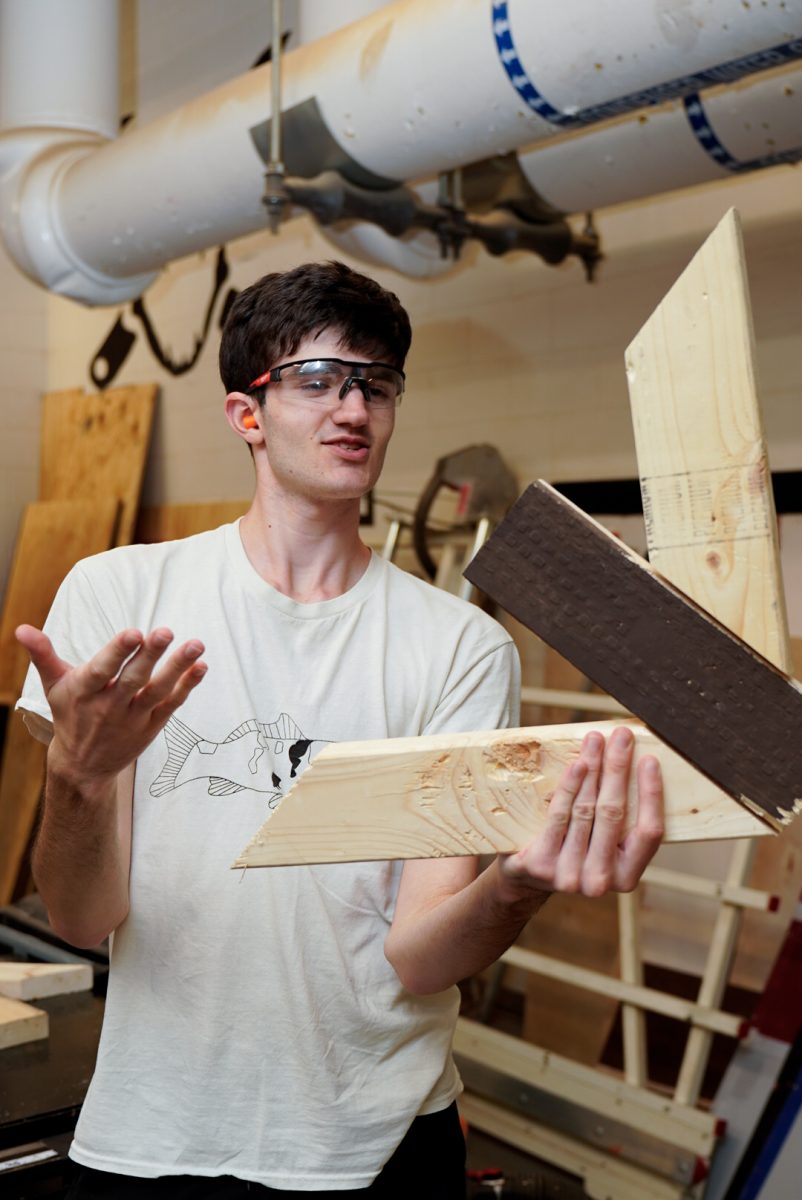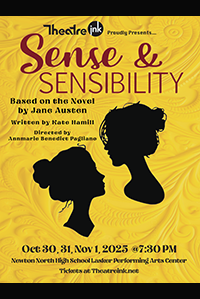 [/media-credit]
[/media-credit]
- Cyberbullying can have a “long-lasting and devastating impact,” according to Beals housemaster Michelle Staus.
by Julia Oran
A little more than a month ago, a few students alerted principal Jennifer Price and vice principal Deborah Holman that another student had made a remark on Facebook, threatening those involved in Transgender Bisexual Gay Lesbian Awareness Day.
The student’s family, the school administration, the police, the city law department and the superintendent’s office resolved the situation.
Although similar incidents do not happen frequently at this school, Barry housemaster Aaron Sanders and Beals housemaster Michelle Stauss agreed that there has been a rise in the number of cyberbullying instances in the past few years.
Perhaps as a result of the rising number of cyberbullying cases and to help combat bullying, in this year’s Students’ Rights and Responsibilities Handbook, the bullying prevention and intervention section was extended considerably from last year’s section. The section now addresses cyberbullying.
The Handbook defines cyberbullying as “bullying through the use of technology or any electronic means and includes the distribution of electronic communications or the posting of electronic material that may be accessed by one or more persons.”
In addition, Holman said recent state legislation necessitated an anti-bullying curriculum, which resulted in the five anti-bullying seminars held during early release days.
Cyberbullying was addressed during the seminars, Holman said, and “the goal was to begin as a school to discuss where the North community is in terms of being aware of and working to prevent bullying.”
Holman said, “Sometimes just naming the issue and that it exists, whether in subtle or overt forms, in a community can promote new learning.”
Stauss said, “We know that adolescents, like others, hide behind technology to say what they might not otherwise say face to face, and the potential damage of such conduct can be far-reaching and unsettling.”
Sanders similarly said that many times, an incident may just start as teasing on Facebook, but then, a student feels unsafe and brings it to the school. At that time, the student has crossed the blurry line of something that happens outside of school, but may affect a student’s performance in school.
Stauss also commented, “At our school, we typically address bullying–type behaviors that impact a student’s sense of safety at school, whether the incident took place in cyberspace or in a school space.
“If a student finds that he or she cannot focus on schoolwork or does not feel comfortable at school because of an incident that has taken place in cyberspace, the incident may warrant action on the part of school including potential police involvement.”
Stauss said that a student should “seek out a trusted adult for support or guidance” if they are in a conflict because at this school “we have many people who are eager to help students navigate the social scene.”
Sanders said, “We take all situations seriously and explore them, instead of not dealing with them.”
He said in the case of a cyberbullying incident, administrators reach out to the students and the students’ parents to discuss the incident and to try to get as much information as possible before coming to a conclusion and deciding the right type of discipline.
Discipline varies from case to case because it depends on the specifics of each conflict, Sanders said.
However, he made it clear that “bullying is not okay, not accepted and not tolerated.”
Stauss reminded students, “A harassing statement can take only seconds to type and send, but may have a long-lasting and devastating impact.”







































